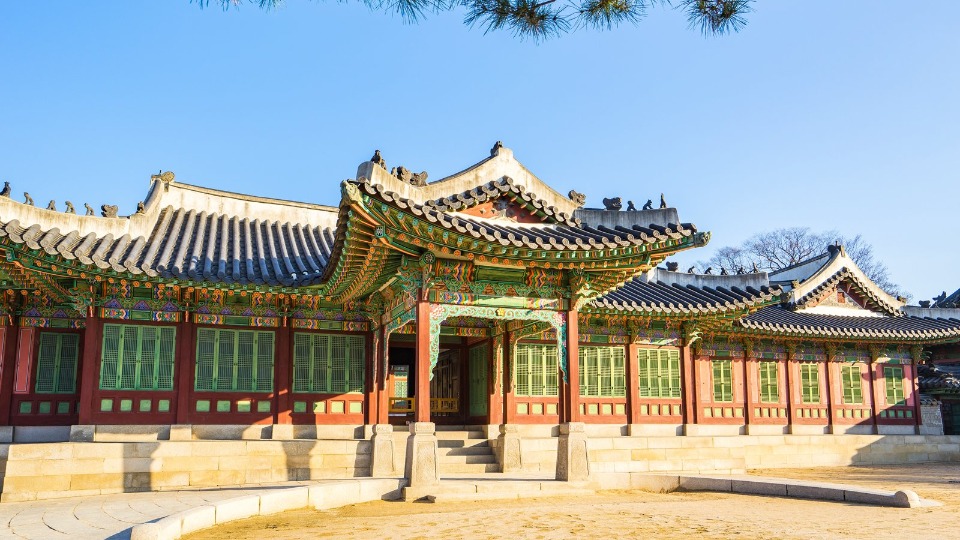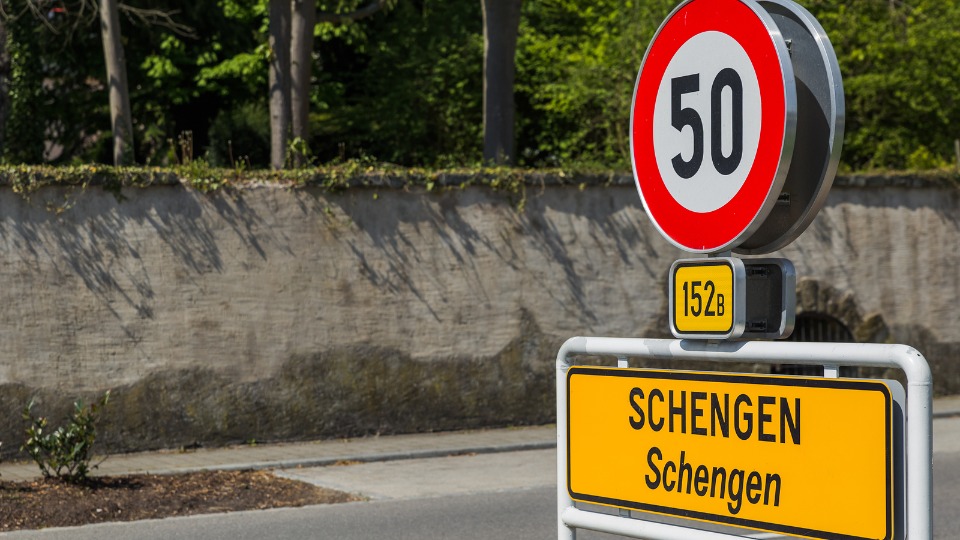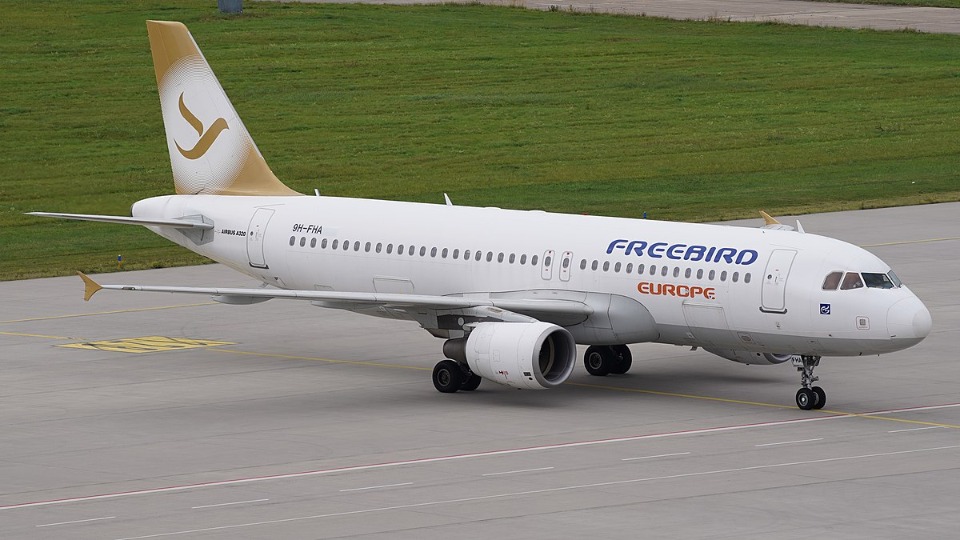

2 years ago

One of the most popular tourist attractions in the South Korean capital, Changdeokgung, is once again offering multilingual tours at night.
For the first time since the worldwide pandemic, one of Seoul's most popular tourist attractions will be open at night. Soon, visitors to the Korean city will have the unique opportunity to see traditional performances while touring the majestic Changdeokgung Palace at night.
On June 4 and 10, the 58-hectare Royal complex in South Korea's capital will offer the first English-language nighttime tours of the monument. The UNESCO World Heritage site is normally only accessible during the day.
Both modern lighting and the cosy light of traditional Korean lamps will be used to decorate Changdeokgung for these events. Tour-goers will get insight into the building's rich history, which goes back to the 1400s.
Tours begin at 7.20pm on both occasions and last for 100 minutes at a fee of Dh83 per person. Up to seventy-five guests might join each session.
The vibrant hues of Dancheong make the palace a fantastic picture opportunity when the sun is out. For the last two thousand years, this aesthetic has been employed to decorate the most significant buildings in Korea. Using a limited colour palette of red, green, blue, yellow, black, and white, Dancheong covers the palace in a riot of floral and geometric designs. Therefore, from afar Changdeokgung's structures seem dominating and royal, but up close they are mesmerizing. And in the glow of the moon, they'll be even more breathtaking.
Tours, coordinated by the Korea Cultural Heritage Foundation, start at the palace's main entrance, the massive Donwhamun Gate, and end at the Secret Garden Forest Trail, a verdant forest inside the royal grounds.
Tour guides will share the story of how Changdeokgung was destroyed by the Japanese in the 1600s. Careful reconstruction of its hundreds of halls, offices, pavilions, and bridges followed.
Staff members costumed as the Joseon Dynasty's King and Queen will greet visitors along the route. At each of the three rest stops, visitors will be treated to short performances of ancient Korean art forms such the Daegeum bamboo flute, Ajaeng string instrument, court dances, and Gagok singing.
The futuristic allure of Seoul is a major draw for visitors, who flock to the city to see its gigantic skyscrapers, cutting-edge museums, soaring five-star hotels, and sprawling retail malls. But hidden within the modern architecture of the city centre are a plethora of ancient landmarks, including no less than five Imperial palaces. Changdeokgung, Gyeonghuigung, Changgyeonggung, Deoksugung, and Gyeongbokgung are their names. The latter is the biggest and the most popular tourist destination in Seoul; it was built in the 14th century and was formerly the royal palace of Korea's Joseon Dynasty. The most impressive, though, is Changdeokgung.
Source: thenationalnews.com



